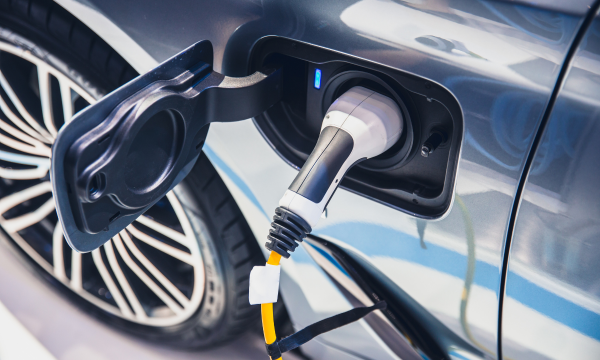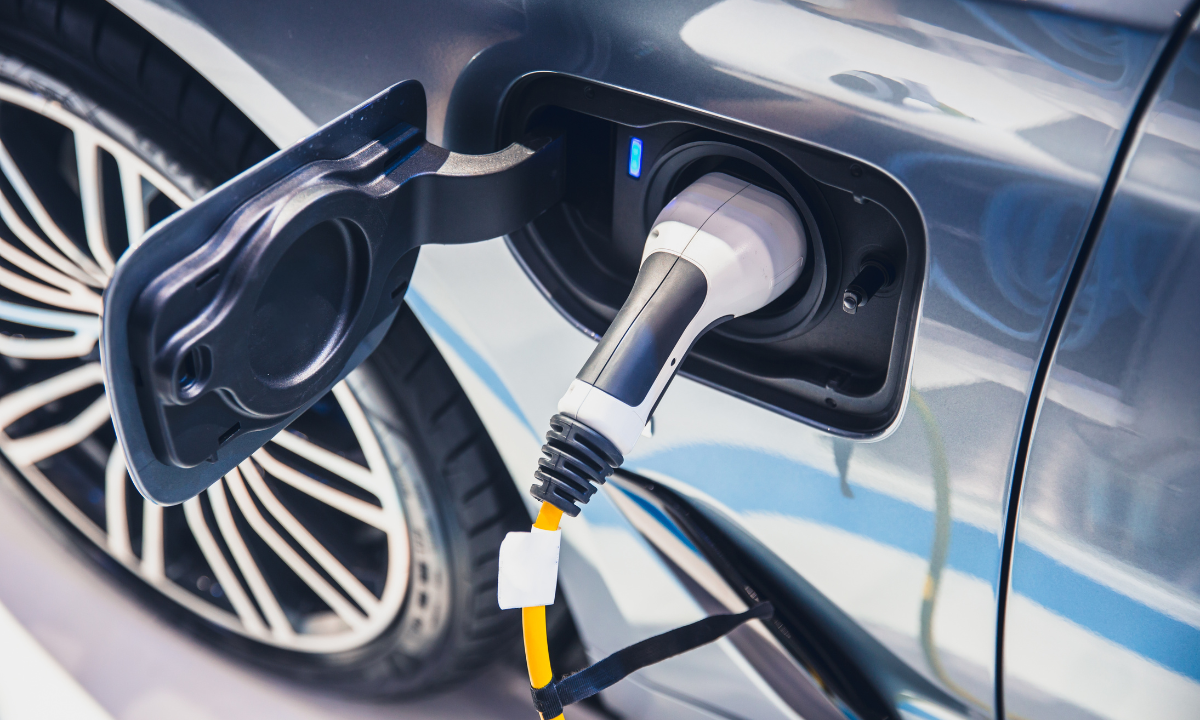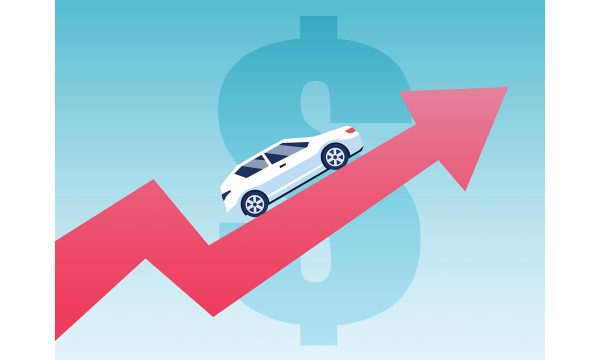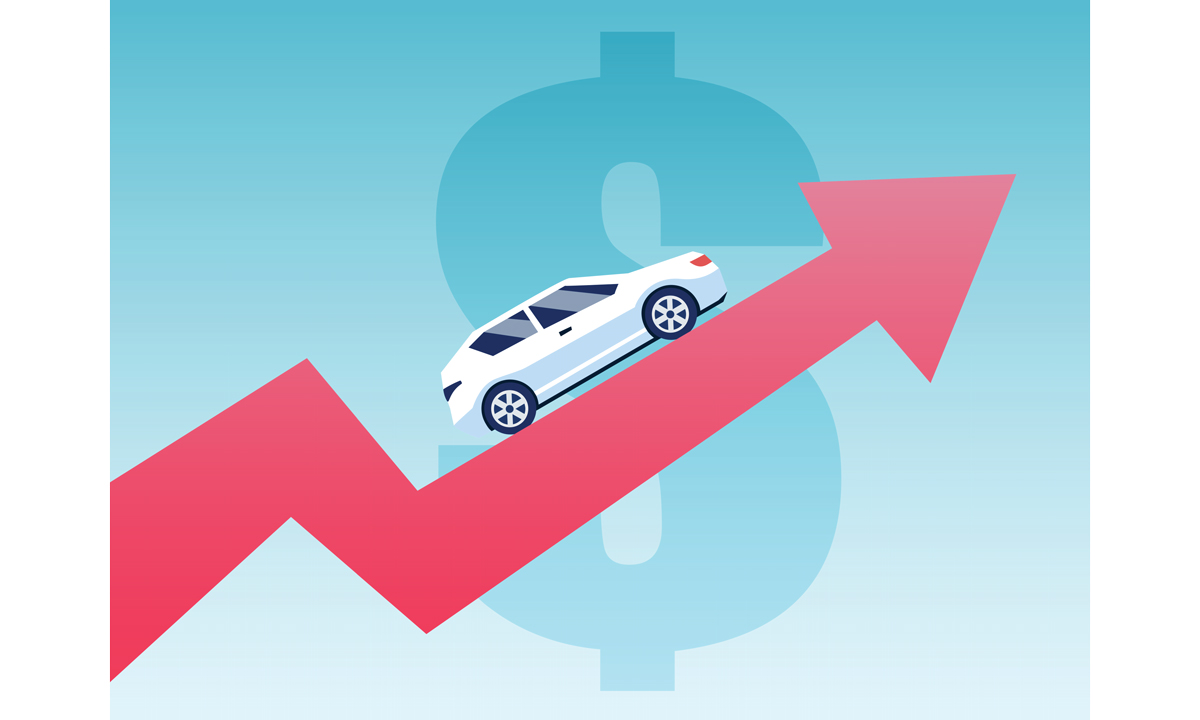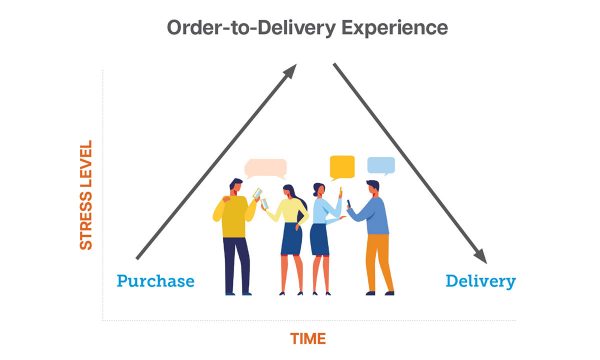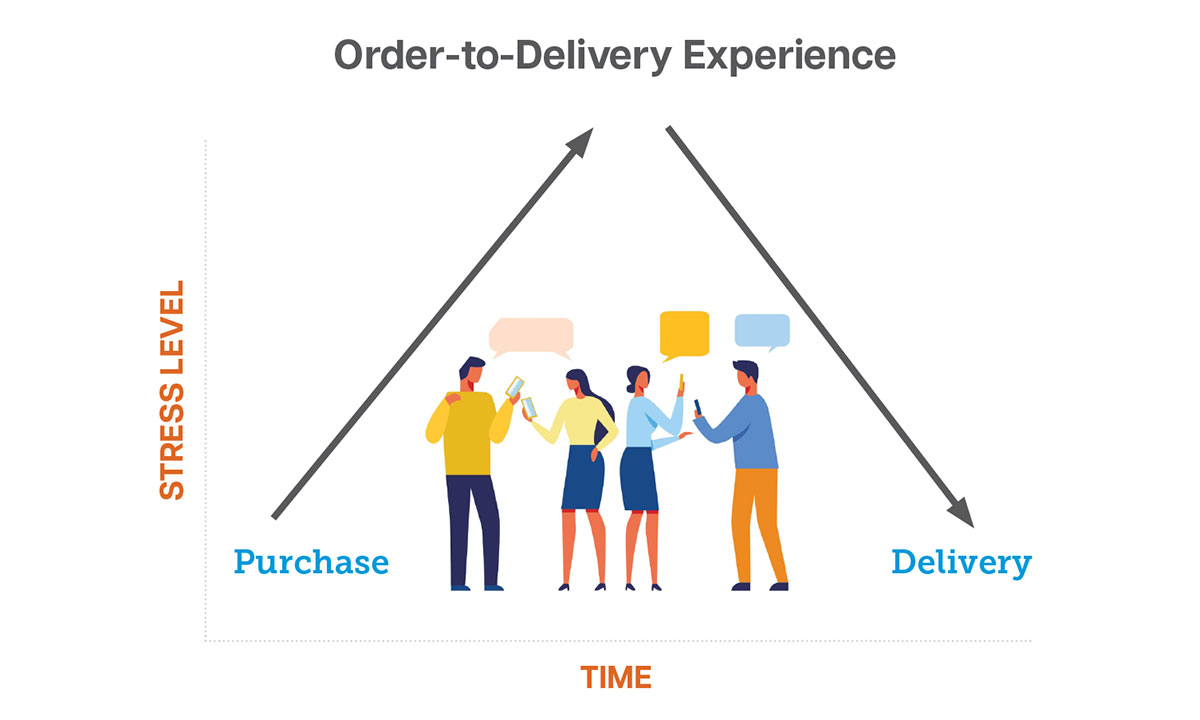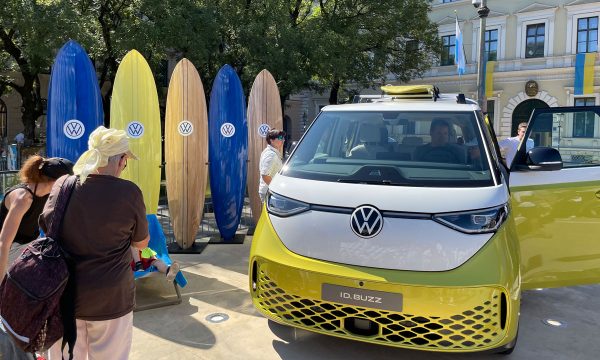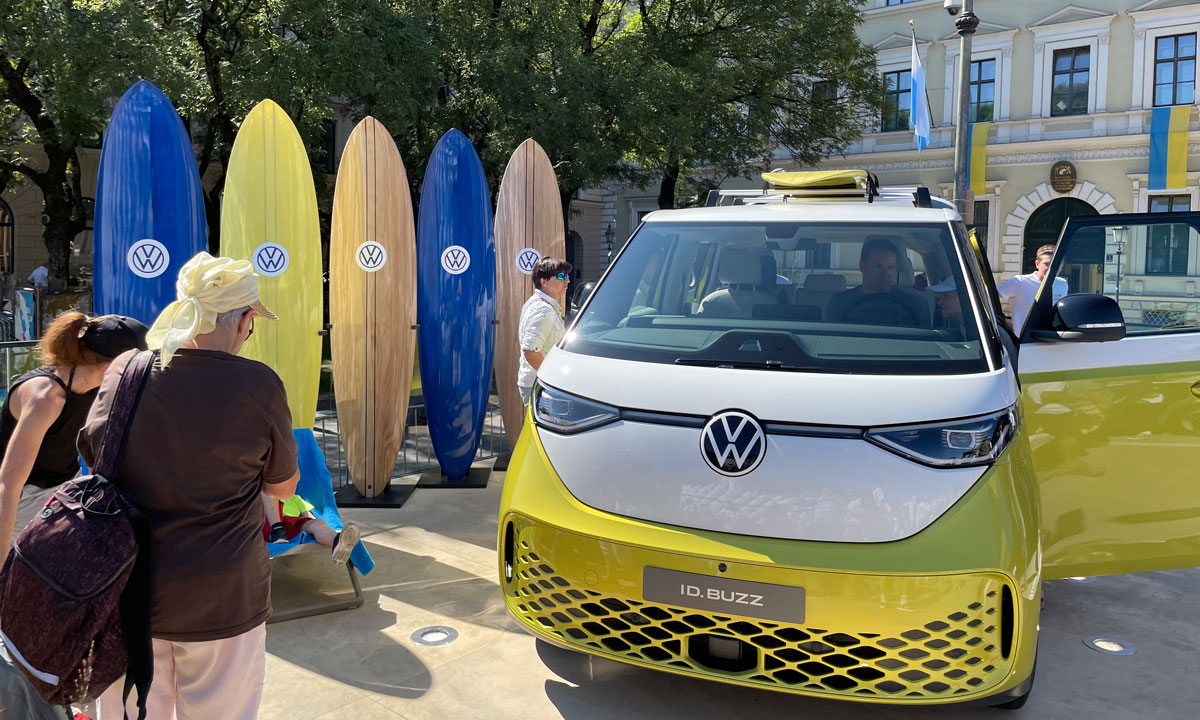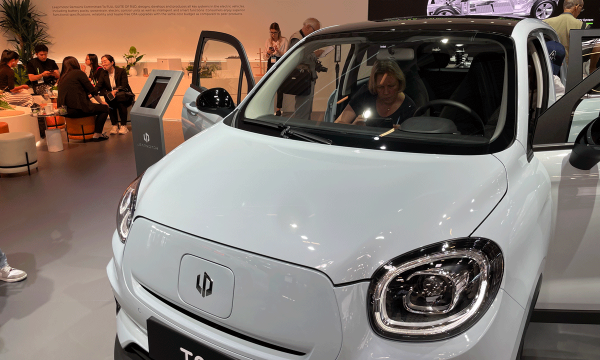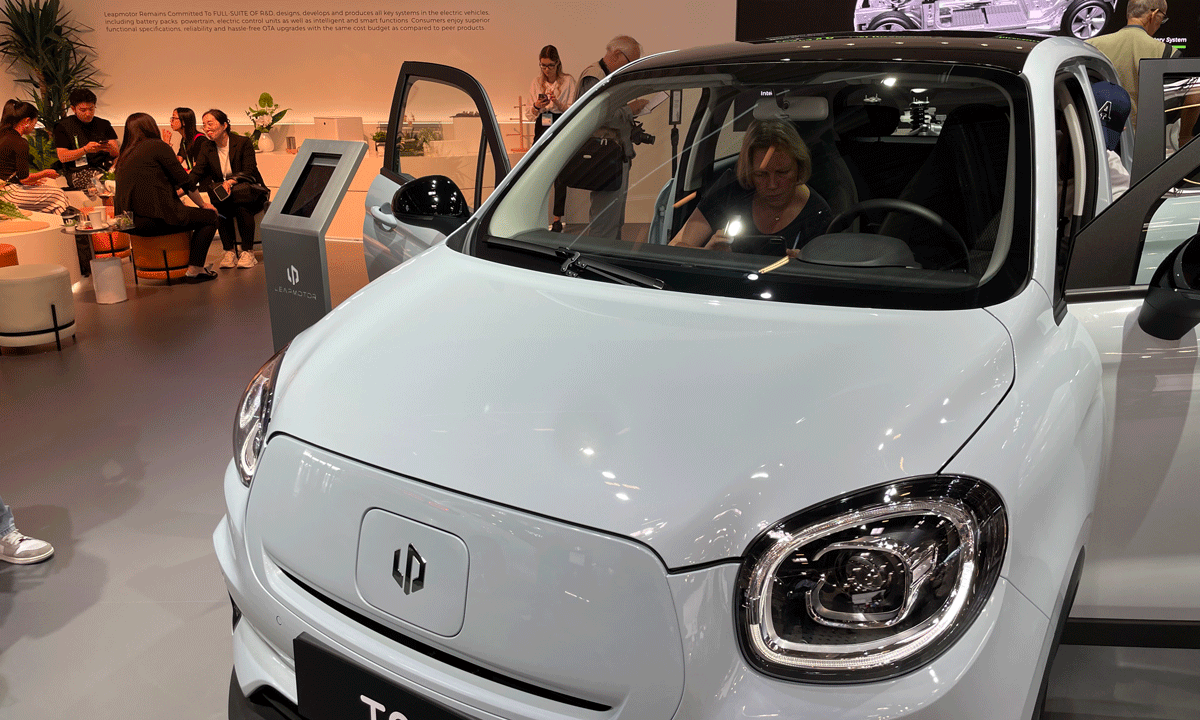Will there be electric tears shed in our ZEV showrooms?
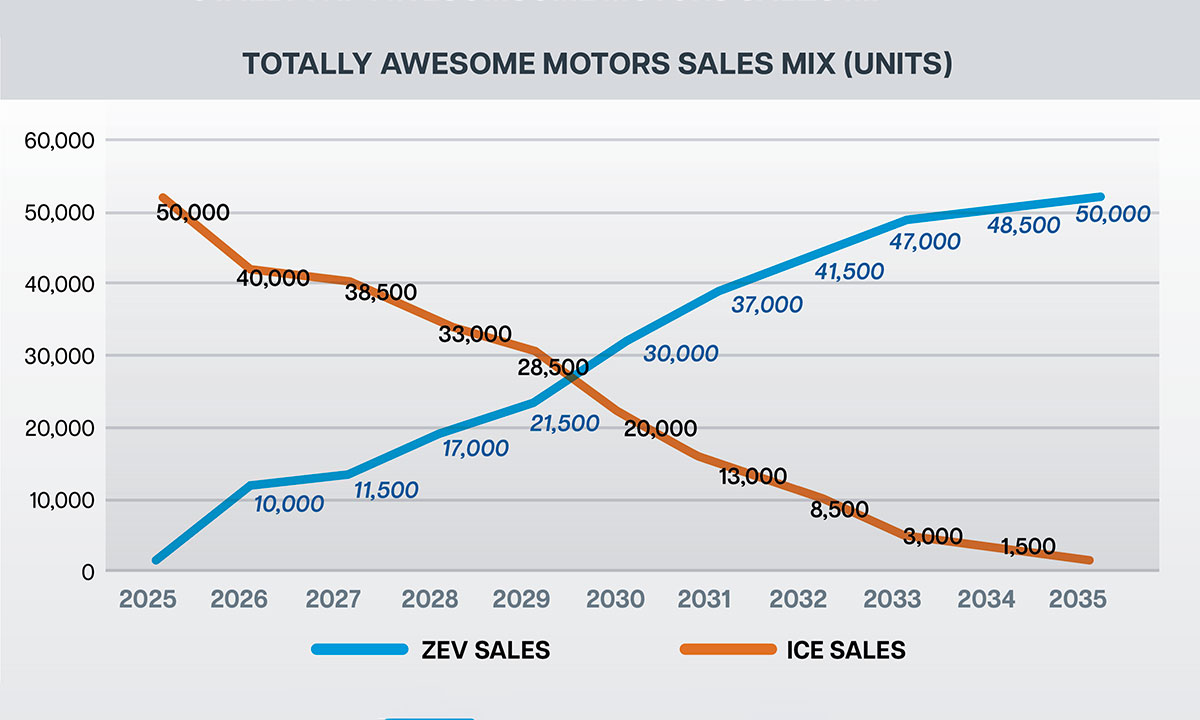
Yes, we are moving to a zero-emission vehicle (ZEV) future, which is clearly the right thing to do for the planet.
But what is the average consumer likely to see in the showroom coming up to 2035?
There are more than a few critics (and CEOs) pointing out that many consumers are not yet ready for a ZEV. The Canadian government, however, has decided otherwise, and it might not all be rainbows and electric cars.
To set the stage, remember that the regulatory mandate is for all Canadian light duty vehicles to be zero emissions by 2035 with the phase-in period starting in 2026. The feds have tweaked the mandate recently, allowing plug-in-hybrid-electrics (PHEVs) to count as a full electric EV.
To illustrate what I think could happen in the marketplace, I would like to do a bit of a “thought experiment” with you. Let’s pretend you are the CEO of the Canadian division of Totally Awesome Motors (TAM), and you are faced with the ZEV mandate. You must plan for it, and then execute your plan, while remaining profitable, avoiding fines, and hitting your sales targets.
Let’s use some made-up numbers, so assume TAM sells about 50,000 vehicles per year. For 2024 and 2025 TAM will sell 50,000 Internal Combustion Engine (ICE) vehicles. In 2026 TAM must sell exactly the appropriate number of ICE cars (40,000) and also sell at least 10,000 ZEVs or face stiff penalties. The fine is $20,000 for every ICE unit TAM “oversold” by.
Also, keep in mind that ZEVs are generally not yet profitable, TAM may be even losing money on every unit. ICE vehicles are profitable. The next year you can sell 38,500 ICE vehicles and then only 33,000 in 2028, and so on. Each year you must sell more and more ZEVs, this is very bad for TAM’s profits. Then in the last year, 2034, TAM can only sell 1,500 ICE vehicles and 48,500 ZEVs.
So, as the savvy CEO, what are you going to do? It is a bit of a business board game. TAM is selling more and more of something that is less profitable (ZEVs), and your most profitable products (ICE) are mandated to hit zero sales by 2035.
The first thing you might do is delete all the less profitable ICE models and ICE trims from your lineup, so you can maximize your profitability.
Our car prices compared to other markets are surprisingly among the lowest in the world. So, there may be restrictions on how many ZEVs TAM motors head office wants to build for Canada.
For example, the compact TAM-SUV which previously started at $24,995, is now only available in the top trim at $38,995. TAM used to sell several ICE compact cars, and sub compact ICE SUVs but TAM will delete those asap.
Why sell an ICE model that doesn’t get the most profit for TAM when the government regulates how many we can sell? The other step TAM might consider is to reduce sales incentives for these ICE models, making them more expensive for consumers, but more profitable for TAM. With smaller numbers of ICE vehicles available each year consumers won’t be in a position to negotiate. In fact, many consumers who may want to buy an ICE vehicle may find supply restricted by regulations.
For the consumers shopping for EVs and PHEVs they will discover that the cost will be around $10,000 more than an equivalent ICE vehicle, plus $3,000 for a home charger.
If your EV model of choice is not profitable don’t expect any OEM sales incentives. The other challenge, which is largely unseen for consumers, is that globally speaking Canada is a small market (9th place) in terms of car sales volumes.
Our car prices compared to other markets are surprisingly among the lowest in the world. So, there may be restrictions on how many ZEVs TAM motors head office wants to build for Canada. Why sell a ZEV in Canada for $60,000 when you can sell the same one in a different market for $85,000?
At the same time governments will certainly eliminate incentives for EVs, since now buying one has become mandatory.
When the consumer gets to the showroom in the early 2030s, they are going to find the EV of their dreams is vastly more expensive than they hoped, and the dwindling number of ICE vehicles are also a lot more costly than expected. Of course as ZEV volumes grow, average cost per unit should fall and some level of profitability should be achieved for the OEMs, but it will take a while and certainly not before the 2035 “finish line.”
All of this, in my opinion, points to higher costs for the Canadian consumer, and some pretty awkward showroom floor discussions industry wide. The saving grace in all this may be the competitive nature of the business, as established OEMs and new entrants fight it out for your ZEV dollars.
If you don’t like the sound of all this, please note that the tears will not be the dealer’s fault, nor that of the OEM.
Both are just trying to run a business subject to a federal government ZEV mandate that lacks practical sense, consultation with the industry, and is about ten years too soon.





